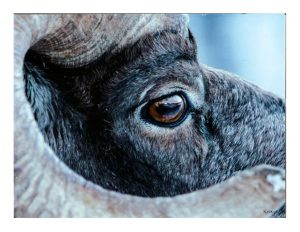Key Pillars of our Education Program
We inspire, educate, and conserve through our exhibits, programs, and outreach with a commitment to wild sheep since 1993.
If you are interested in learning about the Wyoming science curriculum standards that can be met using our lessons, activities, or materials, click WY science curriculum standards at the National Bighorn Sheep Center.
Stay connected – Join our Facebook group and sign up for emails to stay up to date on the latest NBSC happenings.
Bighorn Sheep Adaptations – Videos from NBSC:
Other Videos from NBSC:
Want to know the differences between wild sheep and goats? Watch this silly video to learn! Sheep and Goats from Parks Canada
Videos About Pneumonia in Bighorn Sheep
Lessons and Curriculum